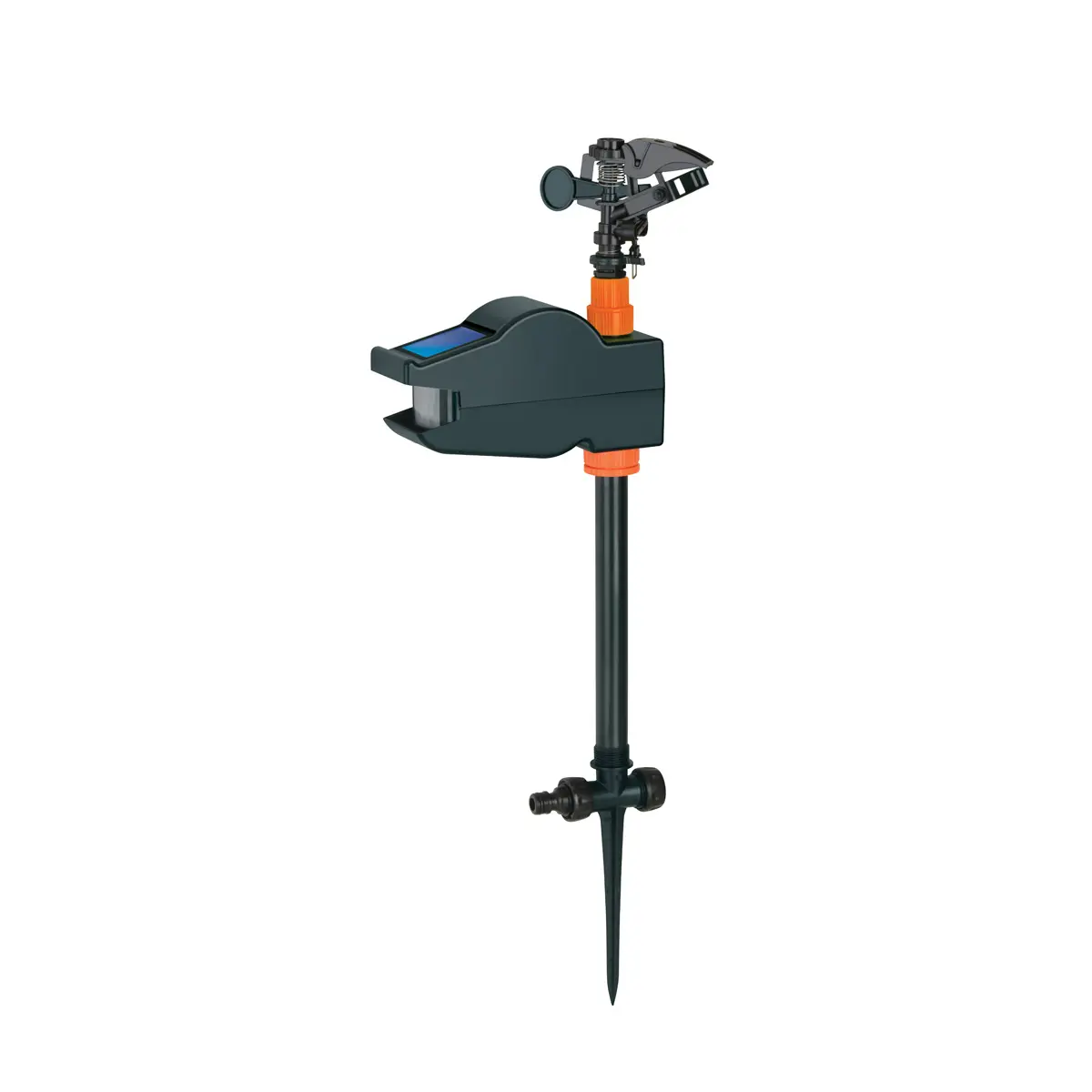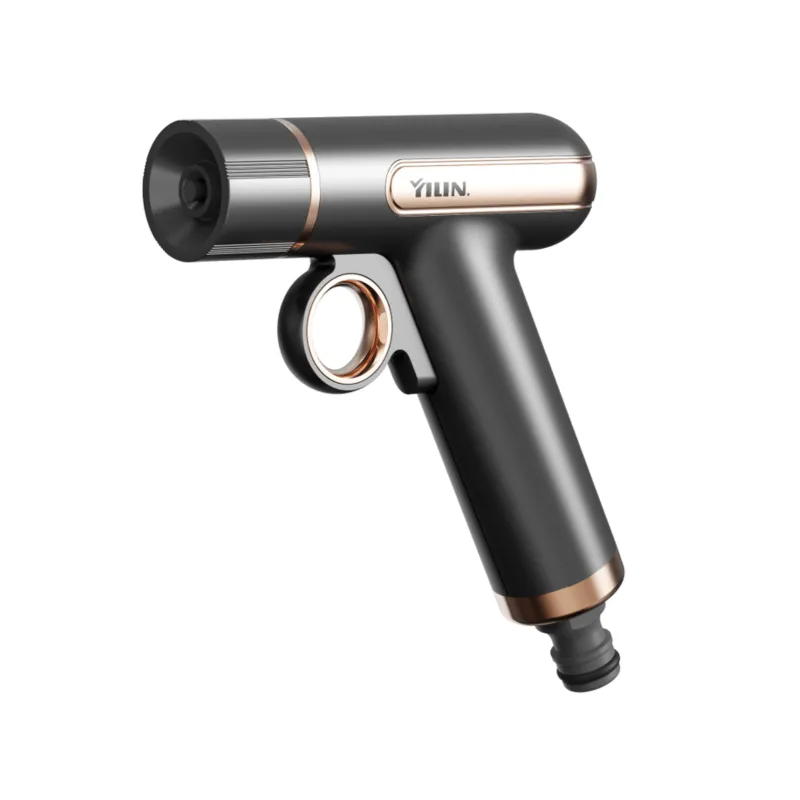Understanding the Impact of High-Quality Hose Connections
In industrial and residential applications, the importance of reliable fluid and gas transfer systems cannot be overstated. At the heart of these systems lie durable hose connectors, essential components that ensure seamless operations and prevent costly disruptions. These vital connecting elements serve as the backbone of numerous applications, from industrial manufacturing to everyday household use, making their durability and reliability paramount to operational success.
When considering the implementation of fluid transfer systems, the choice of durable hose connectors becomes a critical decision that impacts long-term performance, safety, and cost-effectiveness. These components must withstand varying pressures, temperatures, and environmental conditions while maintaining their structural integrity and leak-proof properties.
Performance Advantages of Premium Connector Systems
Enhanced Operational Reliability
Durable hose connectors offer superior performance characteristics that directly contribute to system reliability. These connectors are engineered to maintain tight seals under demanding conditions, effectively preventing leaks that could compromise safety and efficiency. The robust construction of quality connectors ensures consistent performance even under high-pressure situations, making them indispensable in critical applications.
The reliability factor extends beyond mere functionality. Modern durable hose connectors incorporate advanced materials and design features that resist corrosion, wear, and fatigue, significantly extending their operational lifespan. This enhanced durability translates to fewer maintenance interventions and reduced system downtime.
Safety and Compliance Benefits
Safety considerations are paramount in fluid transfer systems, and durable hose connectors play a crucial role in maintaining workplace safety standards. These components are designed to meet or exceed industry safety regulations, featuring fail-safe mechanisms and robust construction that minimize the risk of accidents and spills.
Professional-grade connectors often come with built-in safety features such as double-lock mechanisms and visual confirmation indicators, ensuring proper connection and reducing the likelihood of human error during installation and maintenance procedures.

Economic Advantages of Investing in Quality Connectors
Long-term Cost Reduction
While premium durable hose connectors may require a higher initial investment, their long-term economic benefits are substantial. The extended service life of these components reduces replacement frequency, leading to significant cost savings over time. Additionally, the superior performance of quality connectors minimizes the risk of system failures that could result in expensive downtime and repairs.
The cost advantages extend to maintenance operations as well. High-quality connectors typically require less frequent maintenance, reducing labor costs and minimizing the need for replacement parts. This reduced maintenance burden allows organizations to allocate resources more efficiently.
Operational Efficiency Improvements
Durable hose connectors contribute directly to improved operational efficiency through their reliable performance and reduced maintenance requirements. The precision engineering of these components ensures optimal flow characteristics, minimizing pressure drops and energy losses within the system. This enhanced efficiency can lead to reduced energy consumption and improved overall system performance.
Furthermore, quality connectors often feature design elements that facilitate quick installation and maintenance procedures, reducing system downtime and improving workplace productivity. The time saved during installation and maintenance activities represents a tangible operational benefit.
Environmental and Sustainability Considerations
Resource Conservation Impact
The durability and longevity of quality hose connectors contribute significantly to environmental sustainability efforts. By lasting longer and requiring fewer replacements, these components help reduce waste and minimize the environmental impact of manufacturing and disposal processes. The reduced frequency of replacement also means fewer resources are consumed over time.
Additionally, the superior sealing properties of durable hose connectors help prevent leaks and spills that could potentially harm the environment. This environmental protection aspect is particularly crucial in applications involving hazardous materials or sensitive environments.
Sustainable Manufacturing Practices
Modern durable hose connectors often incorporate environmentally friendly materials and manufacturing processes. Many manufacturers now prioritize sustainable production methods and recyclable materials in their connector designs, aligning with global environmental initiatives and corporate sustainability goals.
The focus on sustainable manufacturing extends to packaging and distribution practices, with many suppliers adopting eco-friendly packaging solutions and optimizing logistics to reduce carbon footprints. These environmental considerations are becoming increasingly important in purchasing decisions.
Future Developments and Industry Trends
Technological Advancements
The field of durable hose connectors continues to evolve with new technological innovations. Manufacturers are incorporating smart features such as integrated sensors for condition monitoring and predictive maintenance capabilities. These advanced features allow for real-time monitoring of connector performance and early detection of potential issues.
Research and development efforts are focused on creating even more durable materials and innovative design solutions that can withstand increasingly demanding applications. The integration of IoT capabilities and digital monitoring systems represents the next frontier in connector technology.
Market Evolution and Standards
Industry standards for durable hose connectors are becoming more stringent, driving continuous improvements in design and manufacturing processes. The market is seeing a trend toward unified global standards that ensure consistent quality and compatibility across different regions and applications.
As industries continue to evolve, the demand for specialized connector solutions is growing. Manufacturers are responding with customized designs that address specific application requirements while maintaining the core benefits of durability and reliability.
Frequently Asked Questions
How often should durable hose connectors be inspected?
Regular inspection intervals depend on the application and operating conditions, but generally, a thorough inspection should be conducted at least quarterly. High-stress applications may require monthly checks, while less demanding uses might allow for semi-annual inspections. Always follow manufacturer guidelines and industry standards for specific recommendations.
What factors affect the lifespan of hose connectors?
Several key factors influence connector longevity, including operating pressure and temperature, chemical exposure, environmental conditions, installation quality, and maintenance practices. Proper selection of connector materials and regular maintenance can significantly extend service life.
What are the signs that a hose connector needs replacement?
Key indicators include visible wear or damage, persistent leaks despite proper tightening, corrosion, cracks in the material, decreased performance, or any signs of material degradation. Regular inspections help identify these issues before they lead to system failures.


